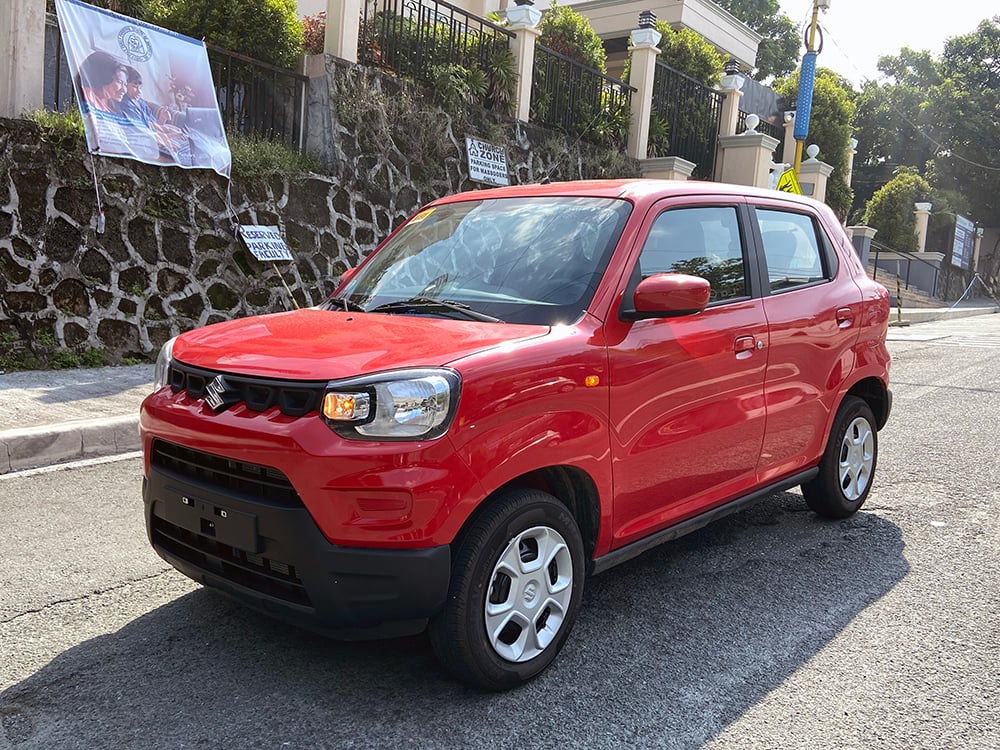
One of the most popular cars on the market today is the Suzuki S-Presso. That’s because it looks like nothing else on the road right now, but also because its affordable price tag makes it an extremely attainable vehicle for many people—especially those who used to take public transportation but are now desiring their own private ride to avoid physical contact with others in this time of deadly contagion.
This car—measuring 3,565mm long, 1,520mm wide and 1,565mm high (Suzuki India, which manufactures it, lists the vertical size at 1,549mm)—resembles a cartoonish Jimny if you can visualize that. Shorter than the subcompact Swift, the S-Presso is like a tall kei car designed to amuse onlookers. I imagine its most popular paint job will be Sizzle Orange, but this Fire Red on our demo unit screams at other road users just as loudly.
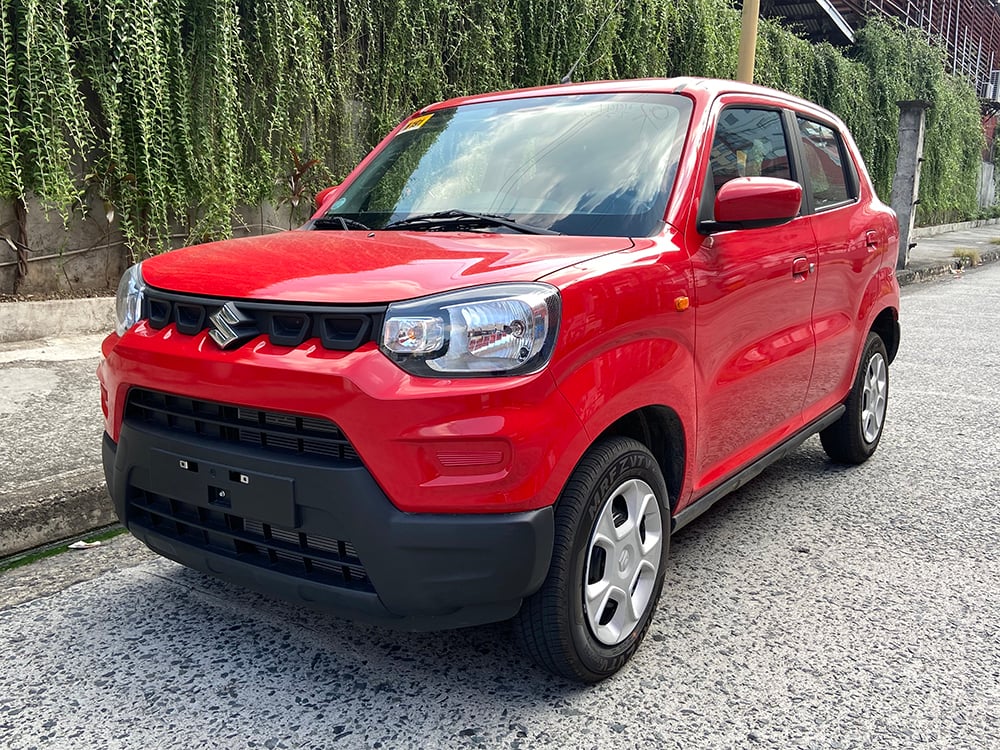
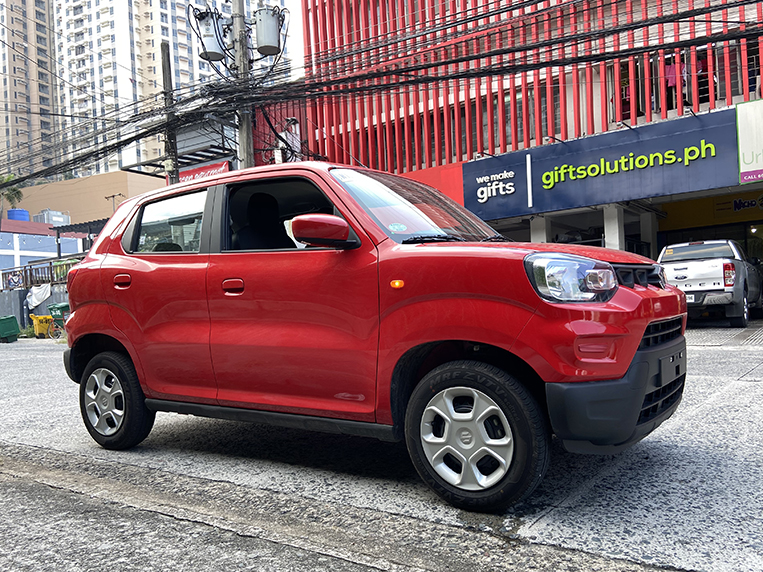
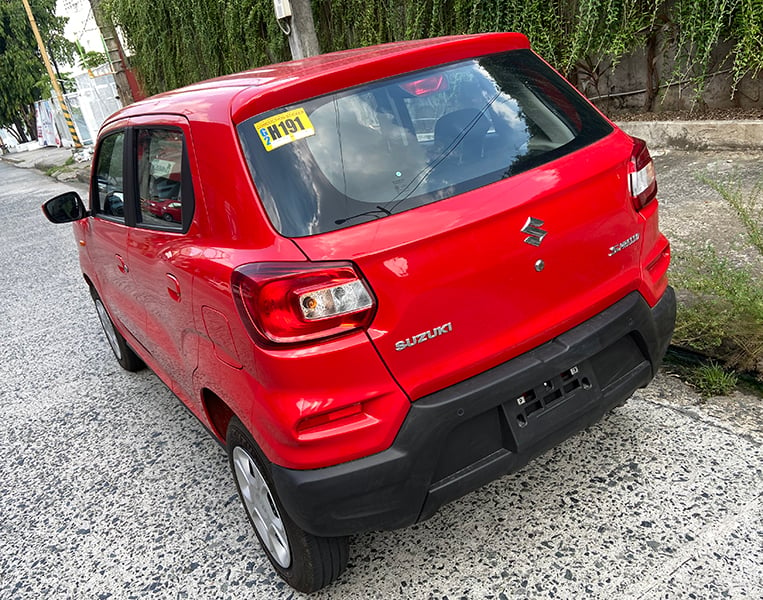
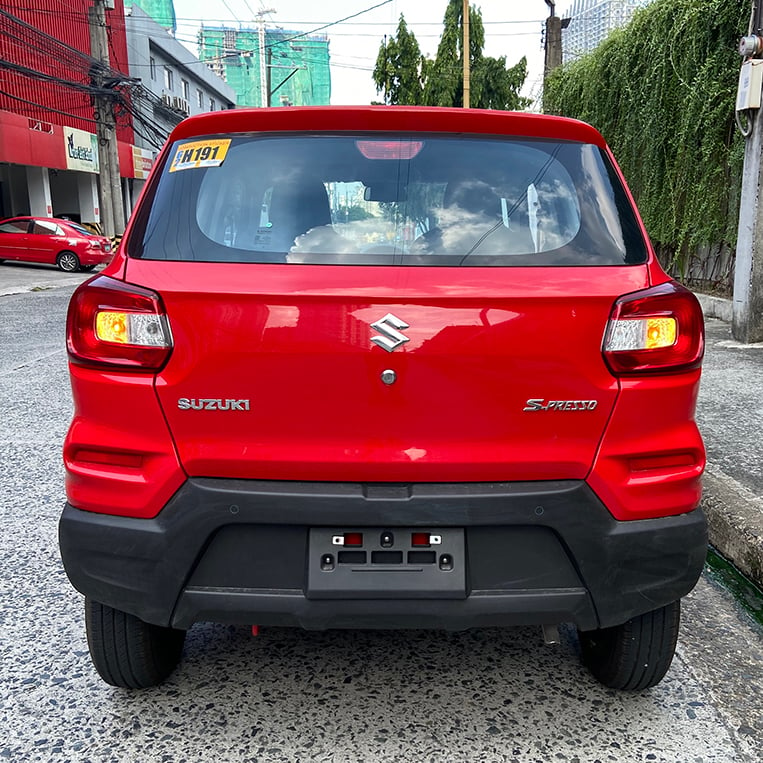
Because of the vehicle’s meager dimensions, the first thing you’ll notice is how easy it is to park it. You’d have to have serious spatial-awareness issues to give the fenders a ding. The 4.5m turning radius is also a godsend if you happen to live in a neighborhood with cramped streets.
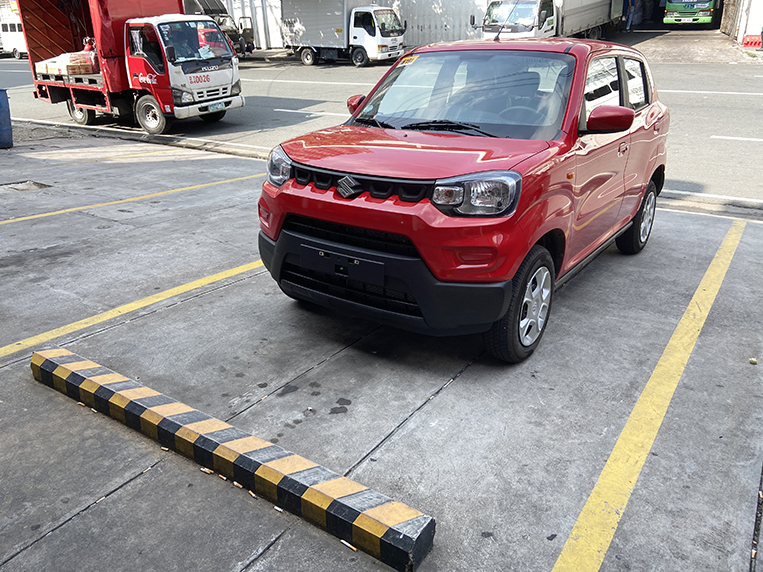
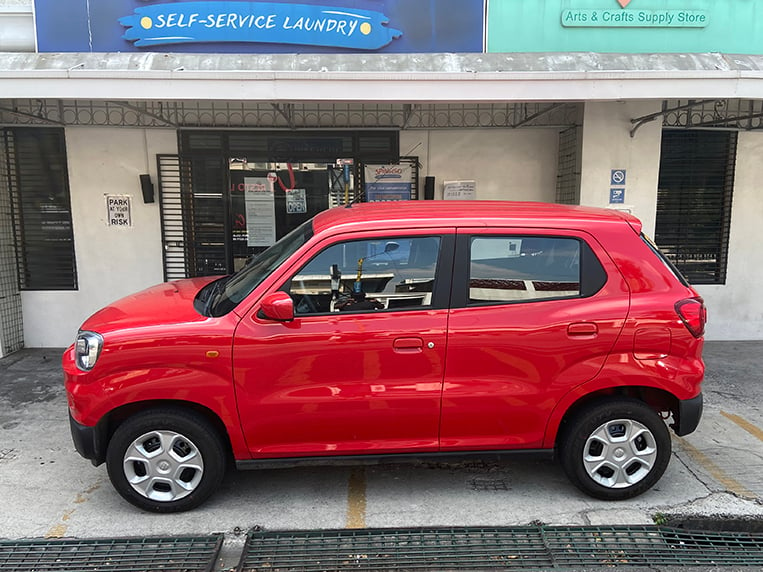
Powering this thing is the same 1.0-liter K10B three-cylinder gasoline engine found under the hood of the Celerio, which is good for 67hp and 90Nm. But while this motor is mated to either a stick shift or a CVT in the Celerio, it performs its duty exclusively in tandem with a five-speed manual transmission in the S-Presso. It’s a pretty straightforward setup: It’s probably not the most refined powerplant your money can purchase in this class, but it has plenty to offer in terms of acceleration in city use. In its fresh state, the engine gave me 12.5km/L—according to the onboard computer—in my mostly home-to-work commute with a mix of EDSA traffic for the weekend. Whether this figure will improve over time to achieve the efficiency level (around 21.5km/L) promised on Suzuki India’s website is something only owners will be able to find out for themselves.
Overall, the vehicle’s propulsion feels exactly like how the heart of a P518,000 car ought to behave—adequate, average and occasionally fun. I’d consider this if I were a first-time car buyer.
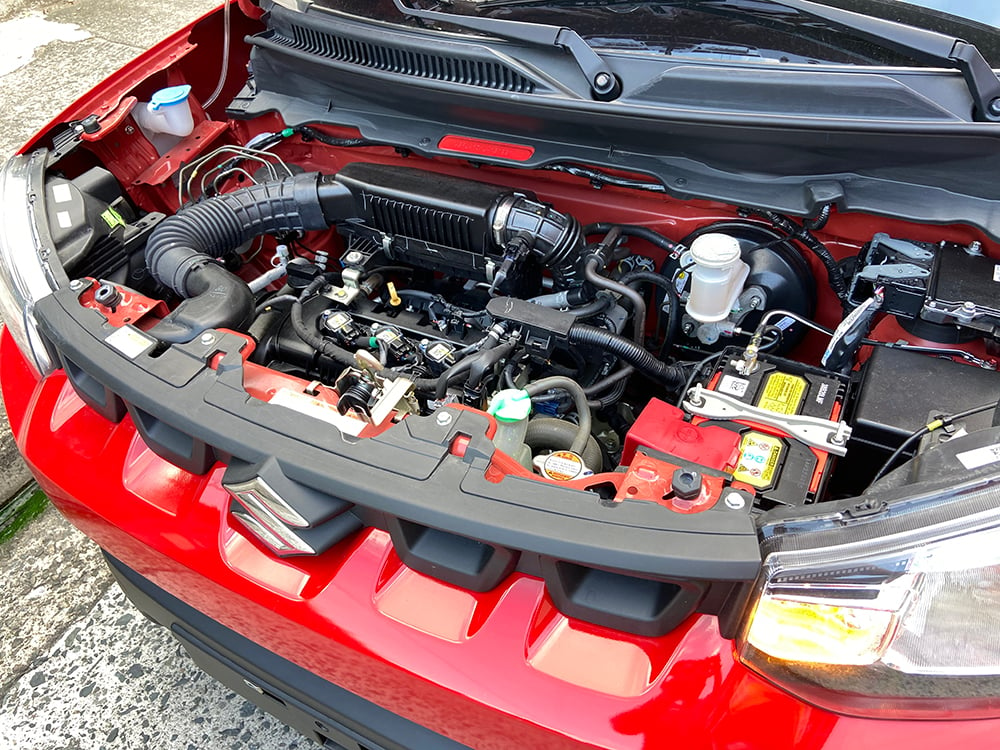
The S-Presso’s ride and handling somewhat suffer from the narrow tires (165/70) attached to the 14-inch hubcap-covered steel wheels. Take a bend a little too fast and you’d get the sense the vehicle might topple over. This, after all, is classified as an SUV in India, although Suzuki Philippines would like you to think of it as a mini hatchback. Perhaps this wouldn’t be a problem if the cabin had at least four occupants (I drove it alone the entire time).
Precisely because of the crossover-like ride height, the elevated driving position is a plus in crowded traffic. You get to look over other passenger cars, and you have a clear view of whatever lies ahead.
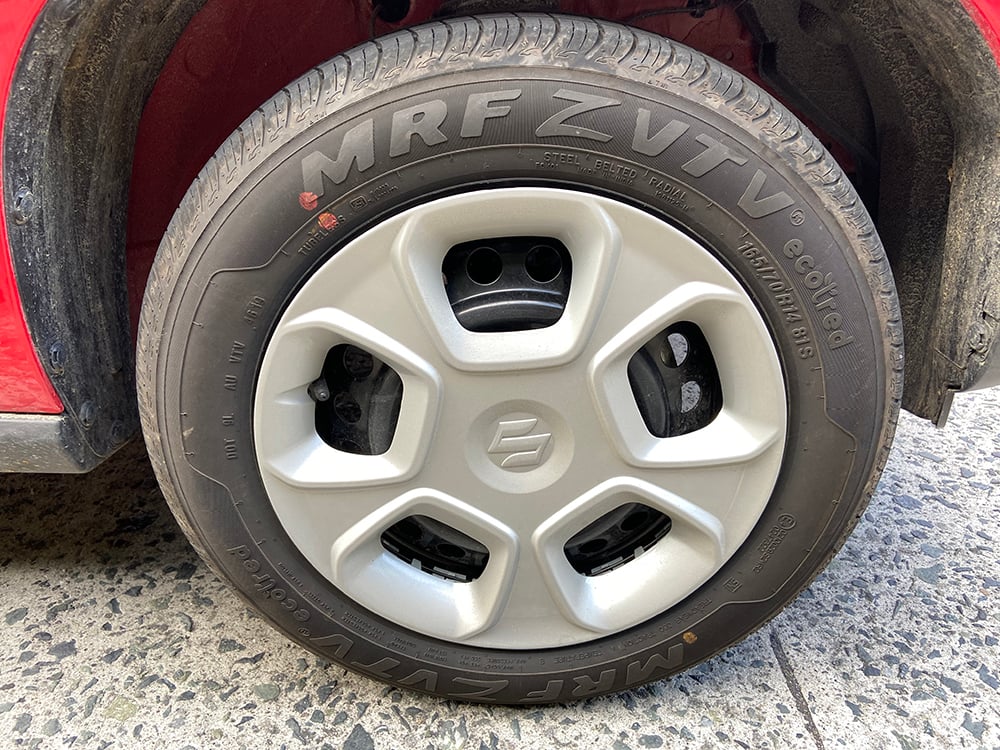
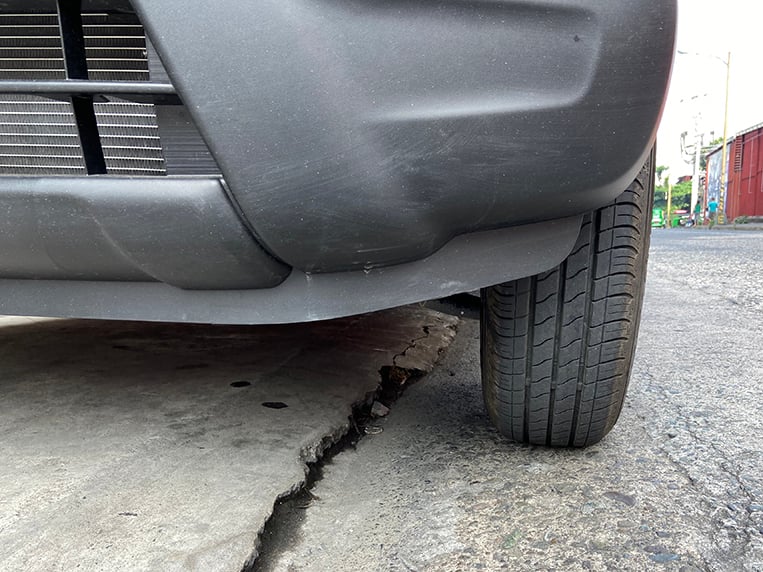
Get behind the wheel and you quickly realize who Suzuki’s target market is for this car: the young, upwardly mobile office workers who need a reliable means of transportation but also one that fits their tech-savvy lifestyle. The steering wheel is a simple three-spoke affair without any control buttons. The driver still has to insert the key into the ignition (which I prefer to the unnecessary convenience of a push-start button). The vinyl-and-fabric seat material seems durable and easy to maintain. The instrument panel is located in the upper middle portion of the dashboard, and its speedometer is a large digital display. The front window controls are located at the center, just below the seven-inch touchscreen monitor and flanking the switch for the hazard lights.
The audio system has Bluetooth connectivity, which I was able to access without having to consult the owner’s manual. The front pair of speakers sounds really tinny—I will definitely upgrade to better ones as soon as I leave the dealership. Below the air-conditioning controls are a 12V power socket and a USB port for the techie owner’s personal gadgets. And just above the glove box is a lengthy recess for holding various loose items (you know, like face masks and hand sanitizers). Everything about the cockpit is designed to serve the basic everyday needs of a 20-something and likely unattached individual.
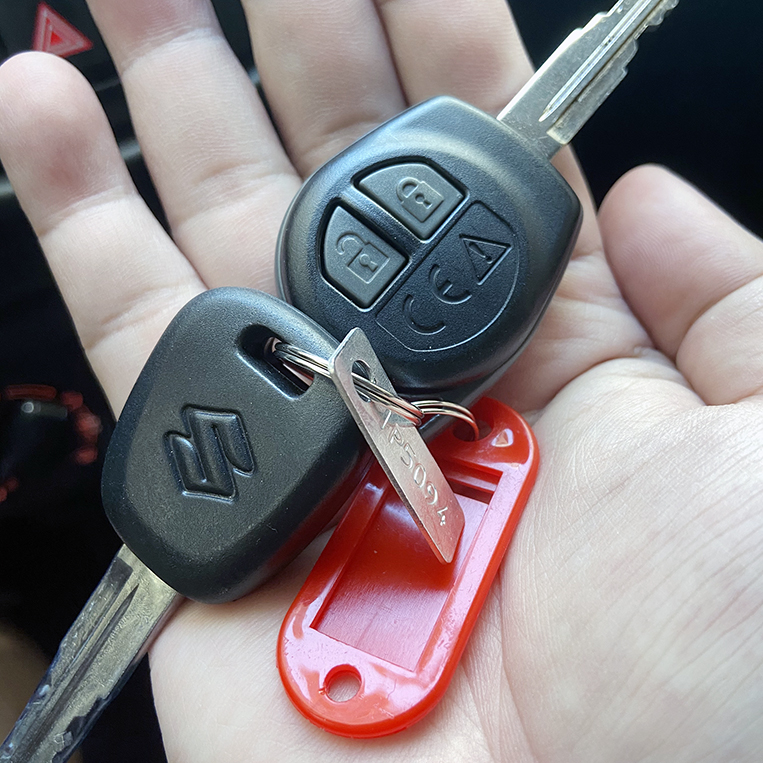
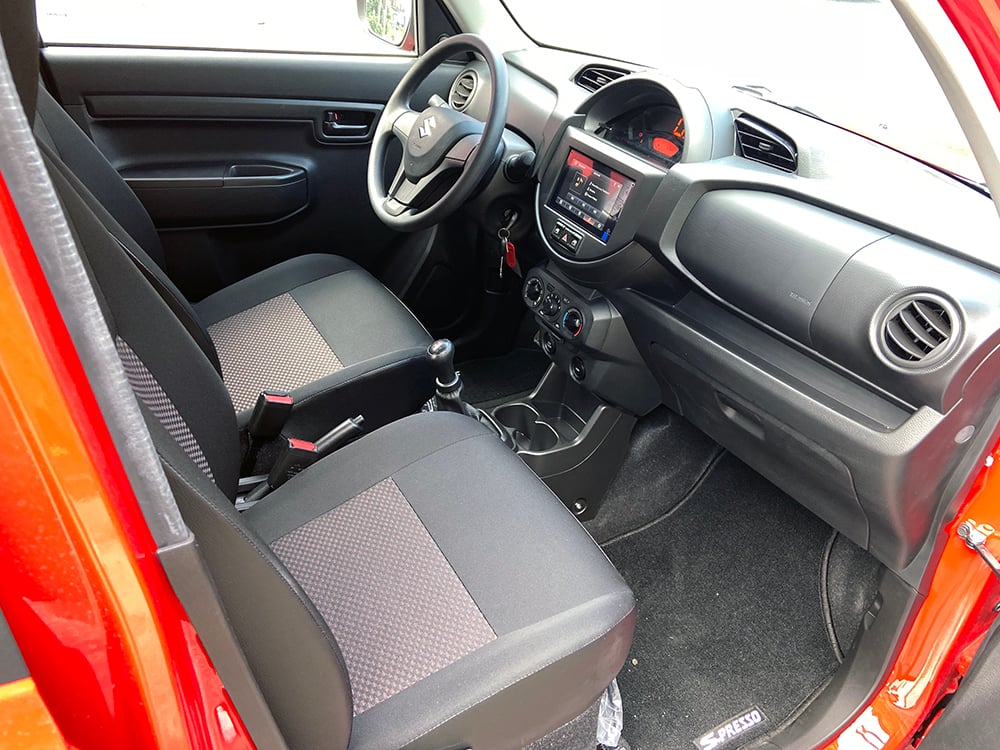
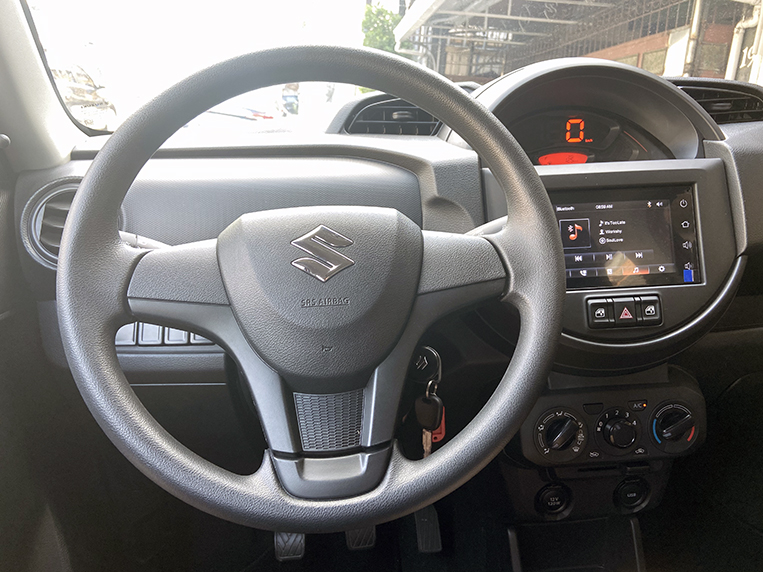
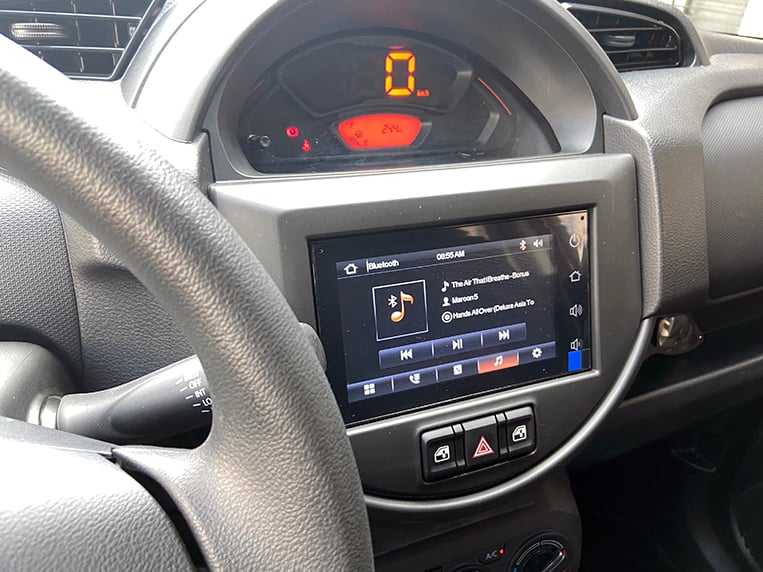
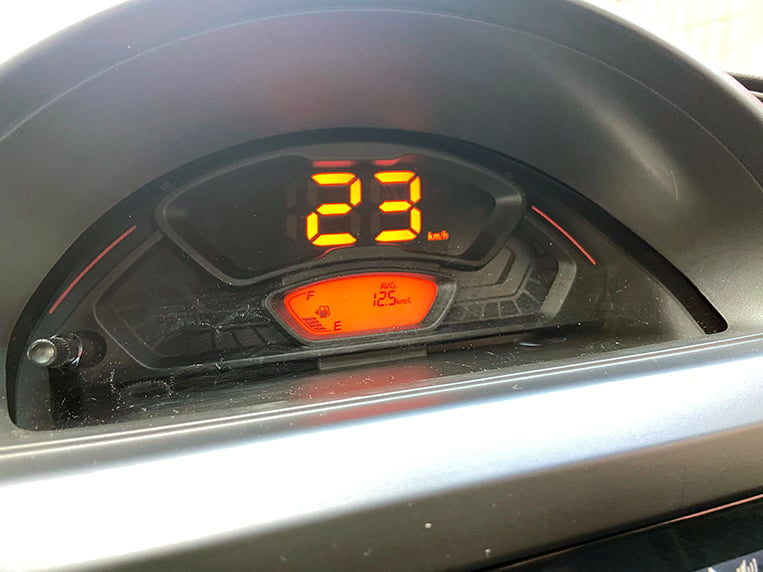
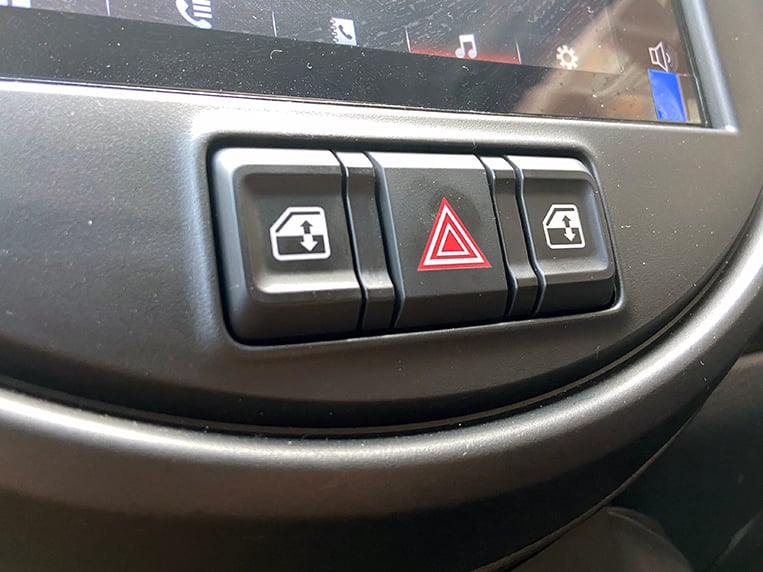
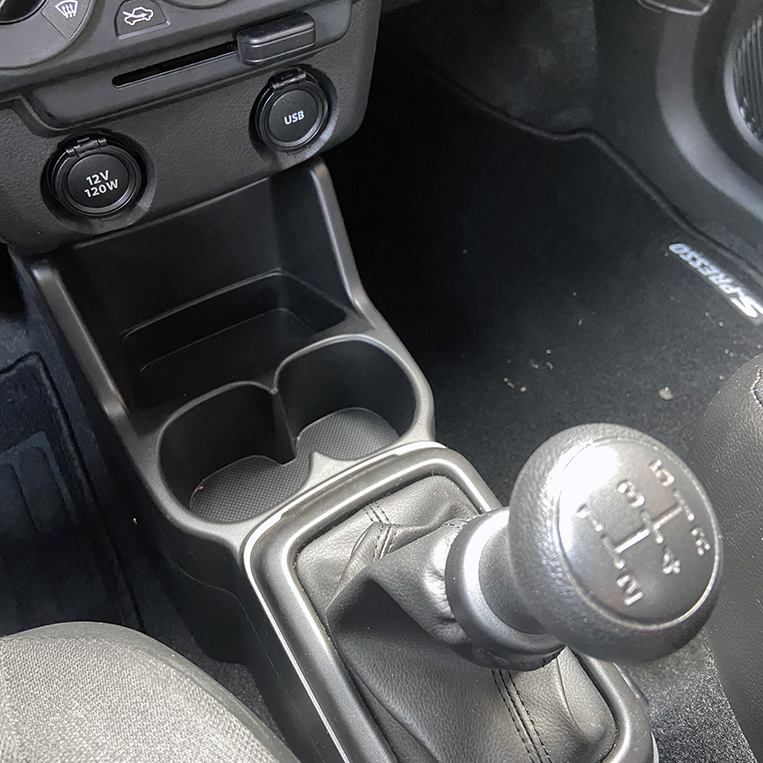
Now, because this is essentially a budget car, you can expect budget materials here and there—starting with the flimsy plastic that dominates the interior. The side mirrors are manually adjusted, and you do this by toggling stalks that jut out of black panels next to the A-pillars. To the left of the steering column are covered holes for miscellaneous controls should you install electronic accessories later on. The rear windows are literally rolled down by old-fashioned cranks.
In other words, you’ll know right away how Suzuki managed to shave costs in making the S-Presso and sell it at this price. The target owners, I bet, won’t really mind.
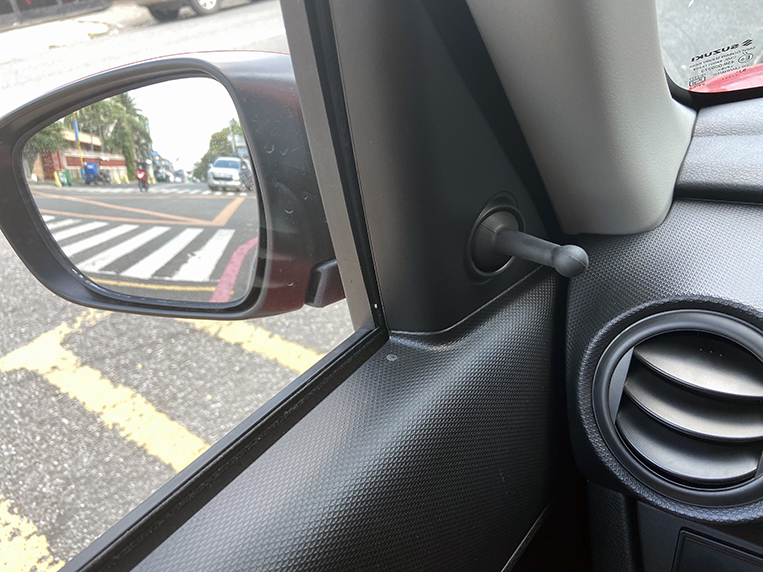
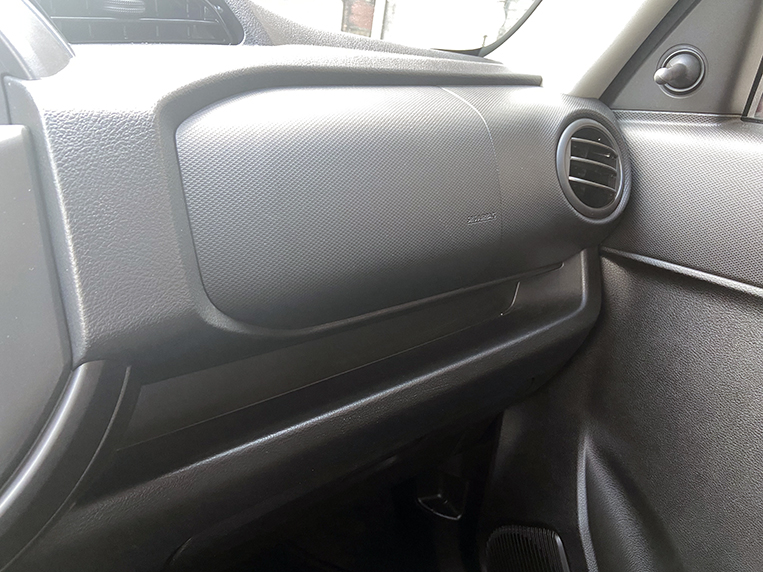
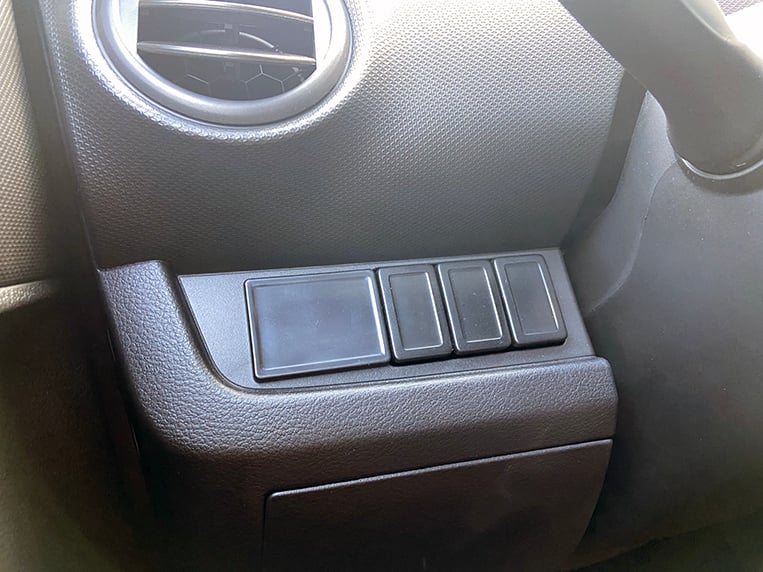
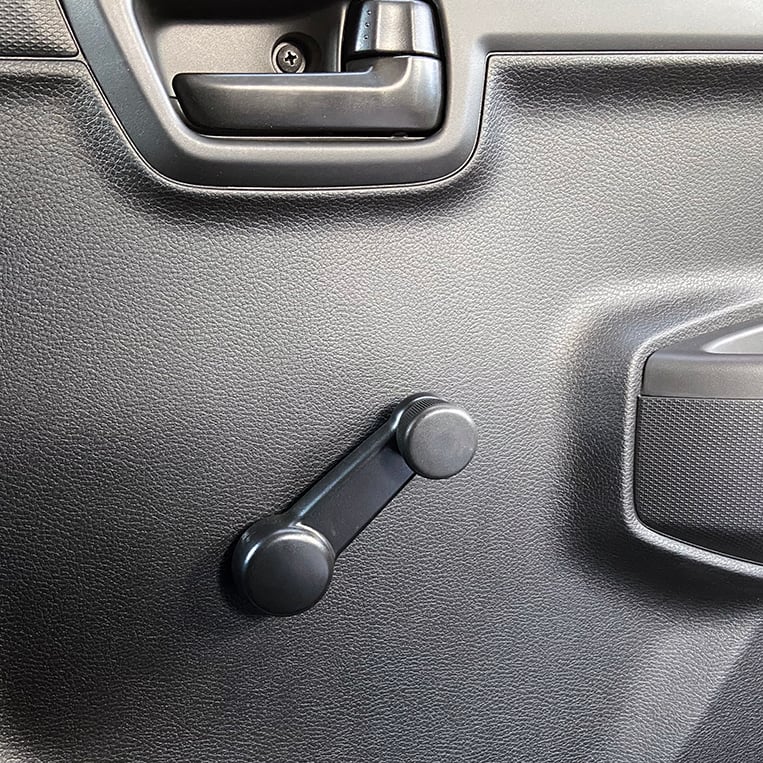
The S-Presso is officially a five-seater, but it is most ideal for four adults. Which is perfect for the purposes of social distancing anyway. The rear seat back tumbles forward to expand the 239L luggage capacity. I was able to transport laundry and some shopping bags even with the above-mentioned seat back in upright position.
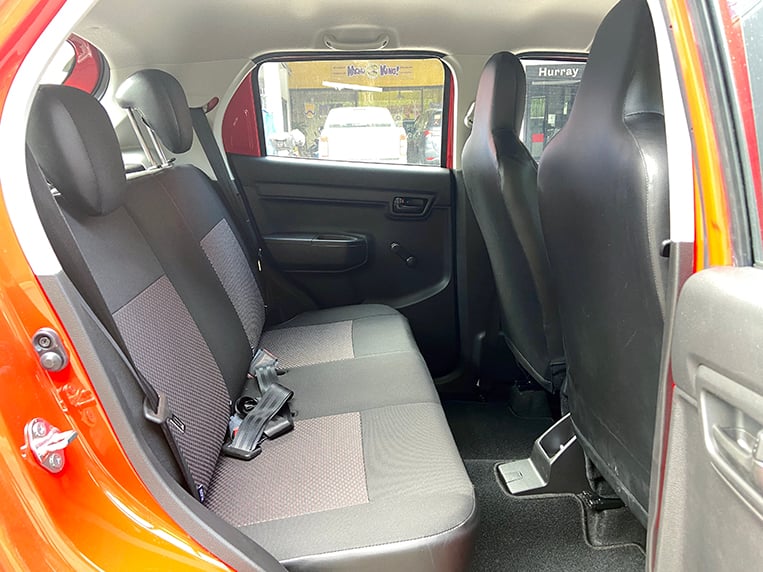
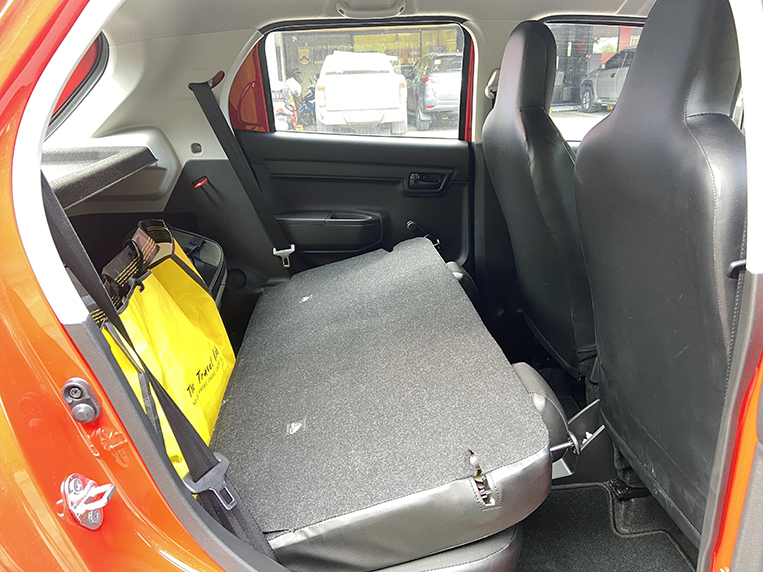
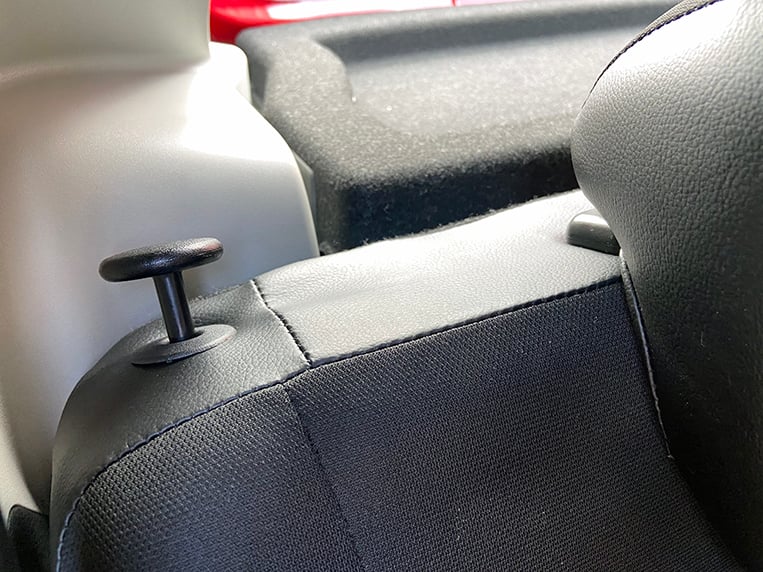
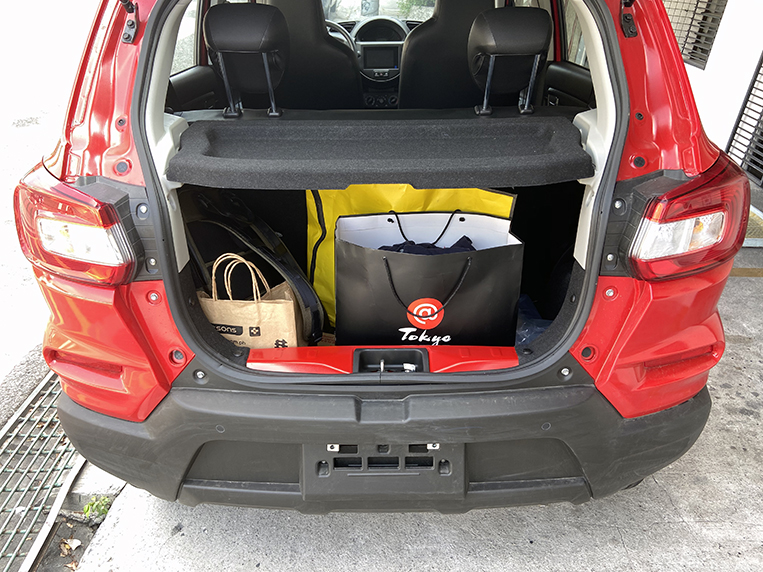
I did find a quality-control defect: The test-drive unit’s right hazard light was busted. Not a deal-breaker in my book as this is surely an isolated case. These things tend to happen when the manufacturer prioritizes price competitiveness, which reminds me of the notoriously misaligned bezels on most Seiko 5 watches. So, if you’re buying this car, be sure to meticulously inspect the unit inside and out before driving out of the dealership compound.
Thankfully, inexpensive doesn’t necessarily mean unsafe. The S-Presso has two front airbags, antilock brakes and even parking sensors. Just the right collection of safety features for new and inexperienced drivers.
The Suzuki S-Presso, available in just one variant, is an adorably quirky car that will fulfill many people’s dream of acquiring their own vehicle. It is a little rough around the edges, but that is to be expected of a car in this specific price range. I guarantee this will populate our roads in the coming months.
SUZUKI S-PRESSO
| Engine | 1.0-liter three-cylinder gasoline |
| Transmission | 5-speed manual |
| Power | 67hp @ 5,500rpm |
| Torque | 90Nm @ 3,500rpm |
| Dimensions | 3,565mm x 1,520mm x 1,565mm |
| Drive layout | FWD |
| Seating | 5 |
| Price | P518,000 |
| Upside | A very practical urban runabout in an affordable package. |
| Downside | Some of the materials clearly show where the manufacturer cut costs. |

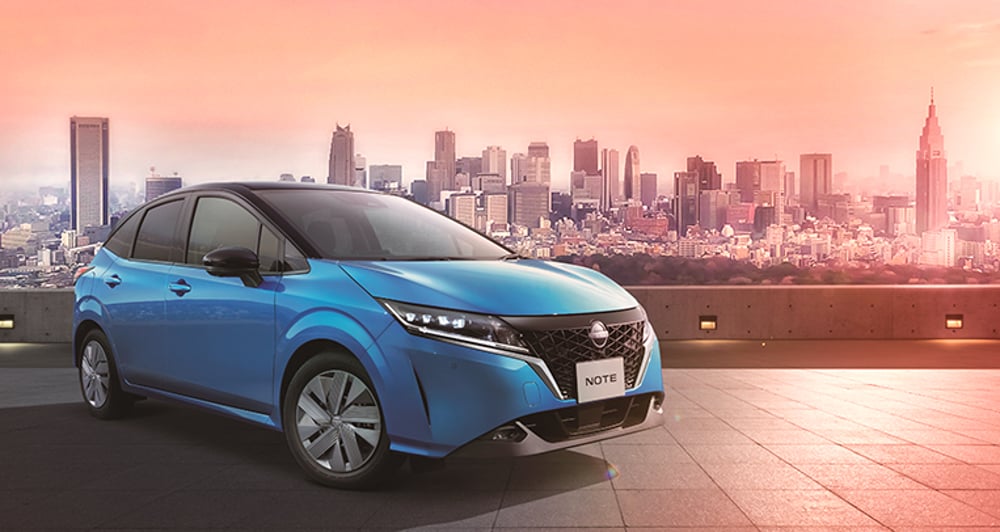
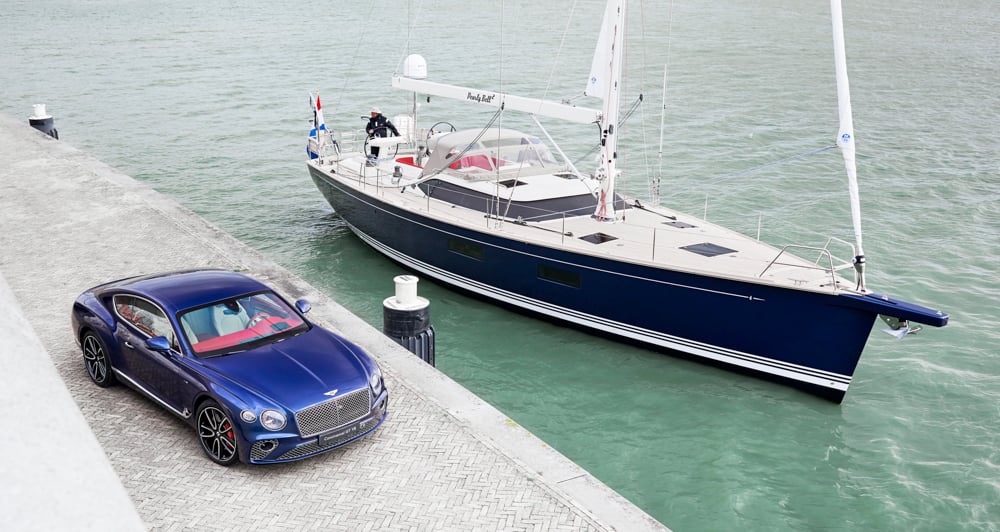
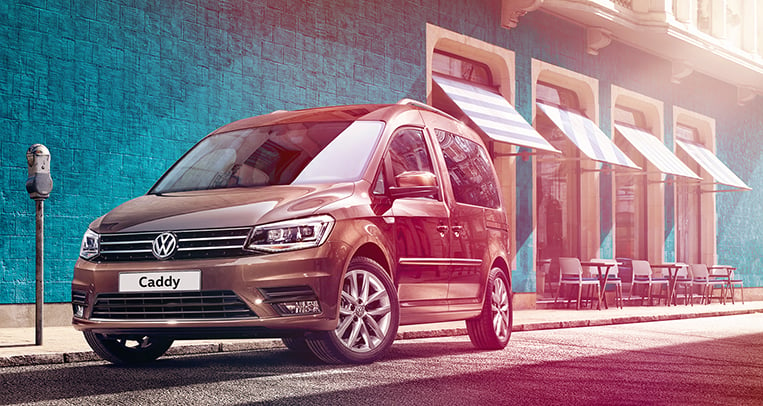

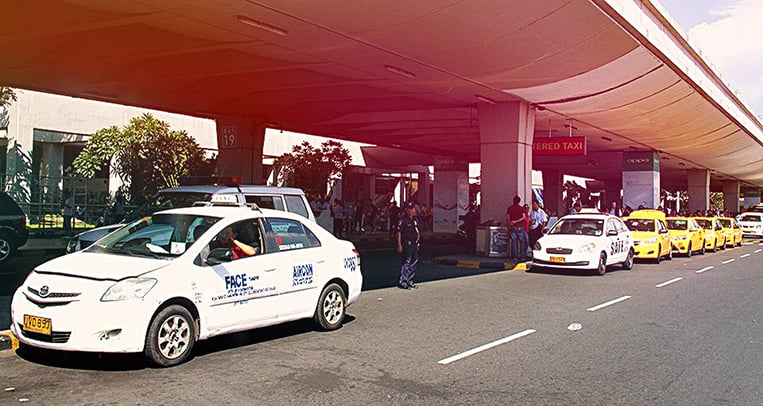
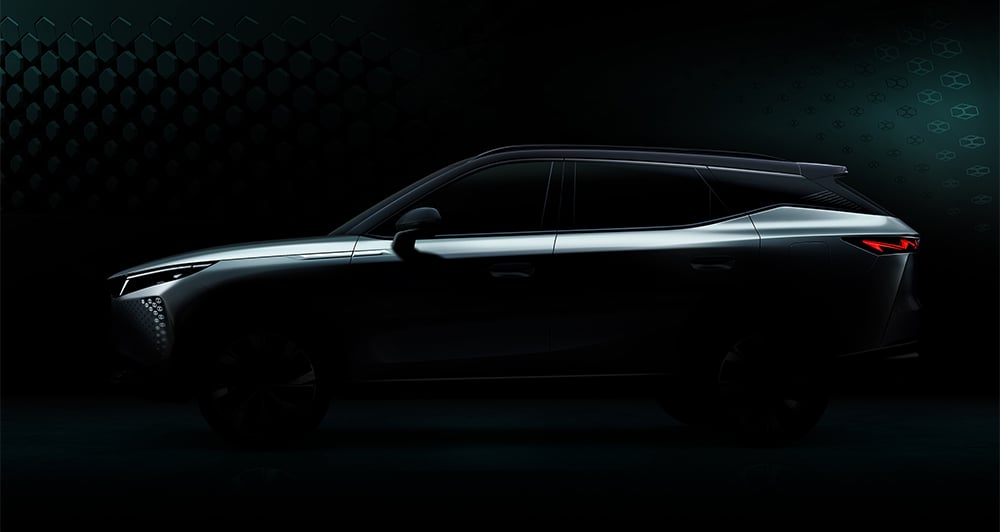
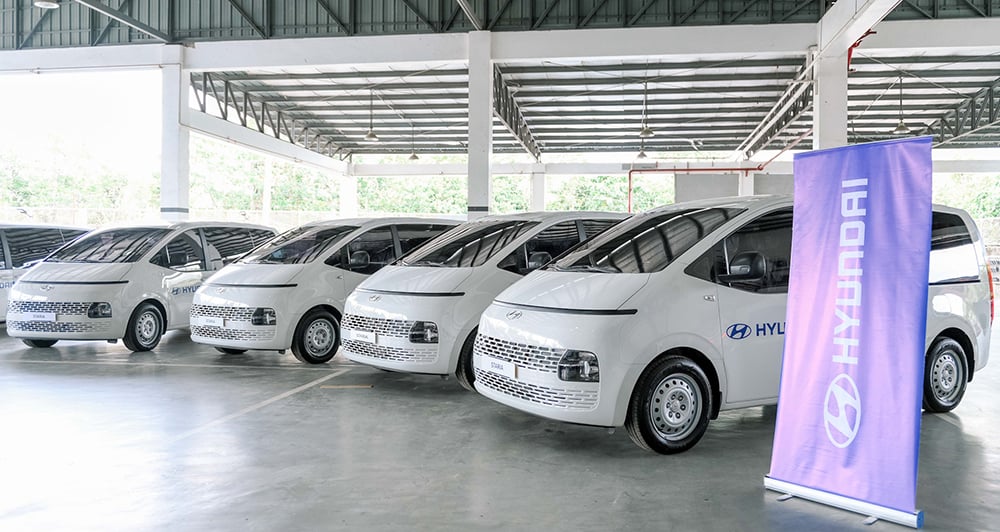



Comments